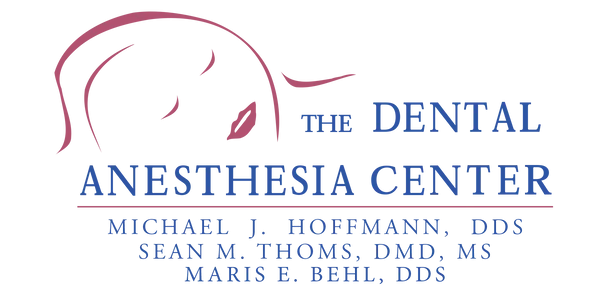If you are putting off a root canal due to fear or anxiety, it may lead to a serious infection.
For most patients, a root canal sounds overwhelming. The good news is that it doesn’t need to be. If you are afraid of the pain associated with a root canal, the good news is there is a way to have the procedure done with virtually no pain. Sedation dentistry turns a root canal procedure into a comparatively trivial matter. If a root canal is necessary and you are putting it off because of pain or anxiety, it may lead to a serious infection or an abscess.

What is a Root Canal?
When you have a root canal, an opening is made in the crown of your tooth. The dentist removes the tooth’s pulp down to the tip of the roots. Once the infected pulp is removed, the dentist uses a filler to fill the tooth, and then an adhesive is used to ensure that the entire canal root of the tooth is sealed. Once the procedure is done, the dentist places a temporary crown on the tooth. You will then return for another appointment for a permanent crown to protect the tooth against further damage.
It can sometimes be a lengthy process, and since the dentist is dealing with the roots of your tooth, it can be highly sensitive and painful, so many patients avoid it. For a root canal, there are several options for dental sedation that will minimize any feeling you have and, in some instances, any memories you have of the procedure.
You can generally use nitrous oxide, oral conscious sedation, or IV sedation if you get a root canal. The sedation method for an individual is determined by the patient’s medical history and current physical and mental health.
Types of Sedation Available
Minimal sedation is the lightest level of sedation. It involves a mild sedative, such as a Valium-like medication or Nitrous Oxide (laughing gas.) Using this kind of sedation requires no additional training for the dentist. You can leave the office without any residual effects when the procedure is over.
Moderate sedation is referred to as “sedation dentistry.” This allows the patient to respond to questions. They are not asleep.
Deep sedation, or General Anesthesia Dentistry, is often called “Sleep Dentistry” (unconscious). This is generally the recommended level of sedation for individuals unable to tolerate dental treatment for mental or physical reasons. Using this method, there is no memory of the procedure. Dentists who provide this method require a two-year Dental Anesthesiology Residency or an Oral Surgery Residency.
St. Louis Sedation Dentistry
The Dental Anesthesia Center is a state-of-the-art dental facility for patients who require general anesthesia, deep sedation, or oral sedation for their dental care. Young children unable to cooperate and individuals with mental or physical disabilities can benefit from these services.
Call us today at (314) 862-7844 to schedule an appointment. We look forward to meeting you!
Read more: Root Canal Post-Op Instructions

